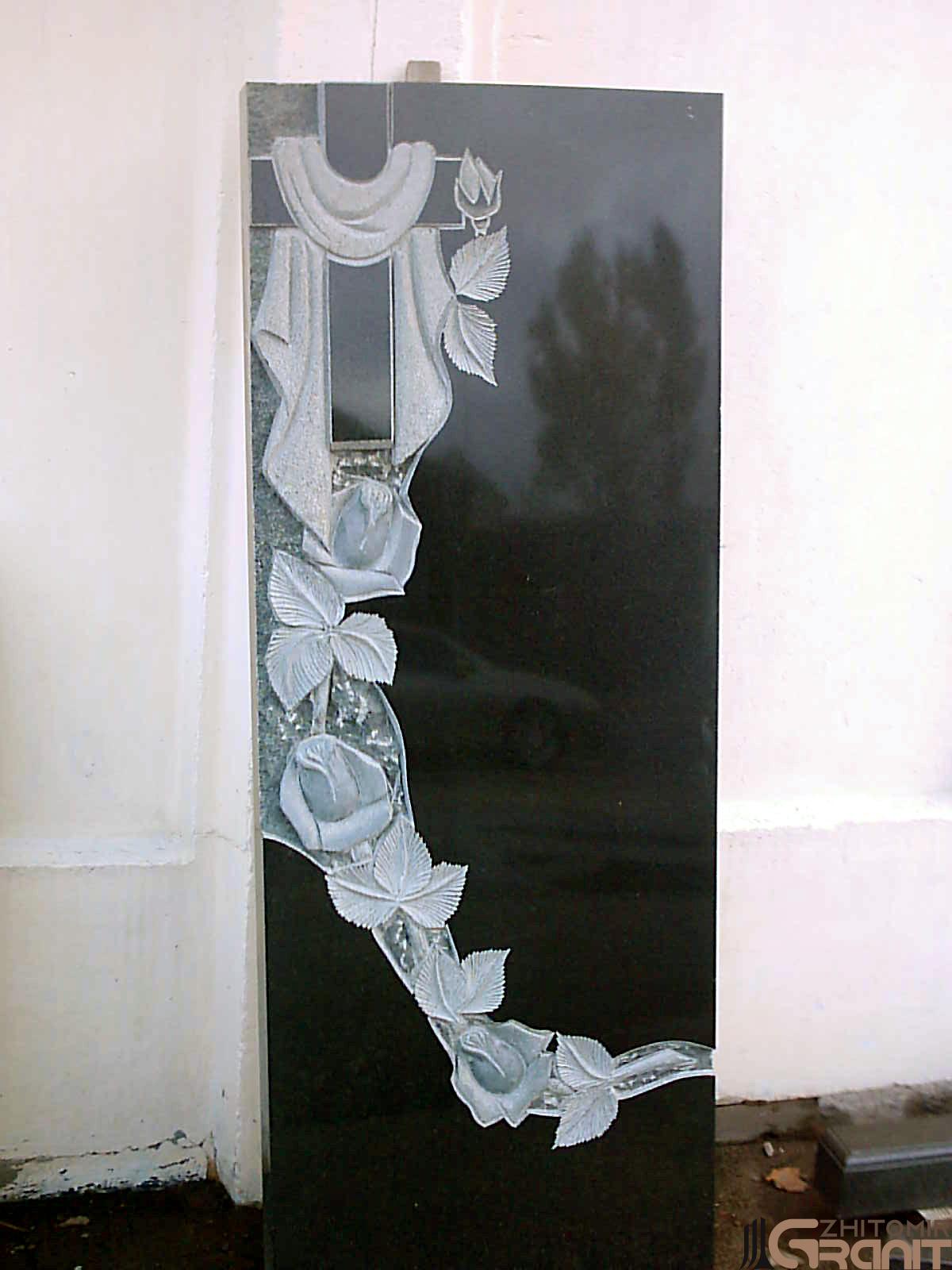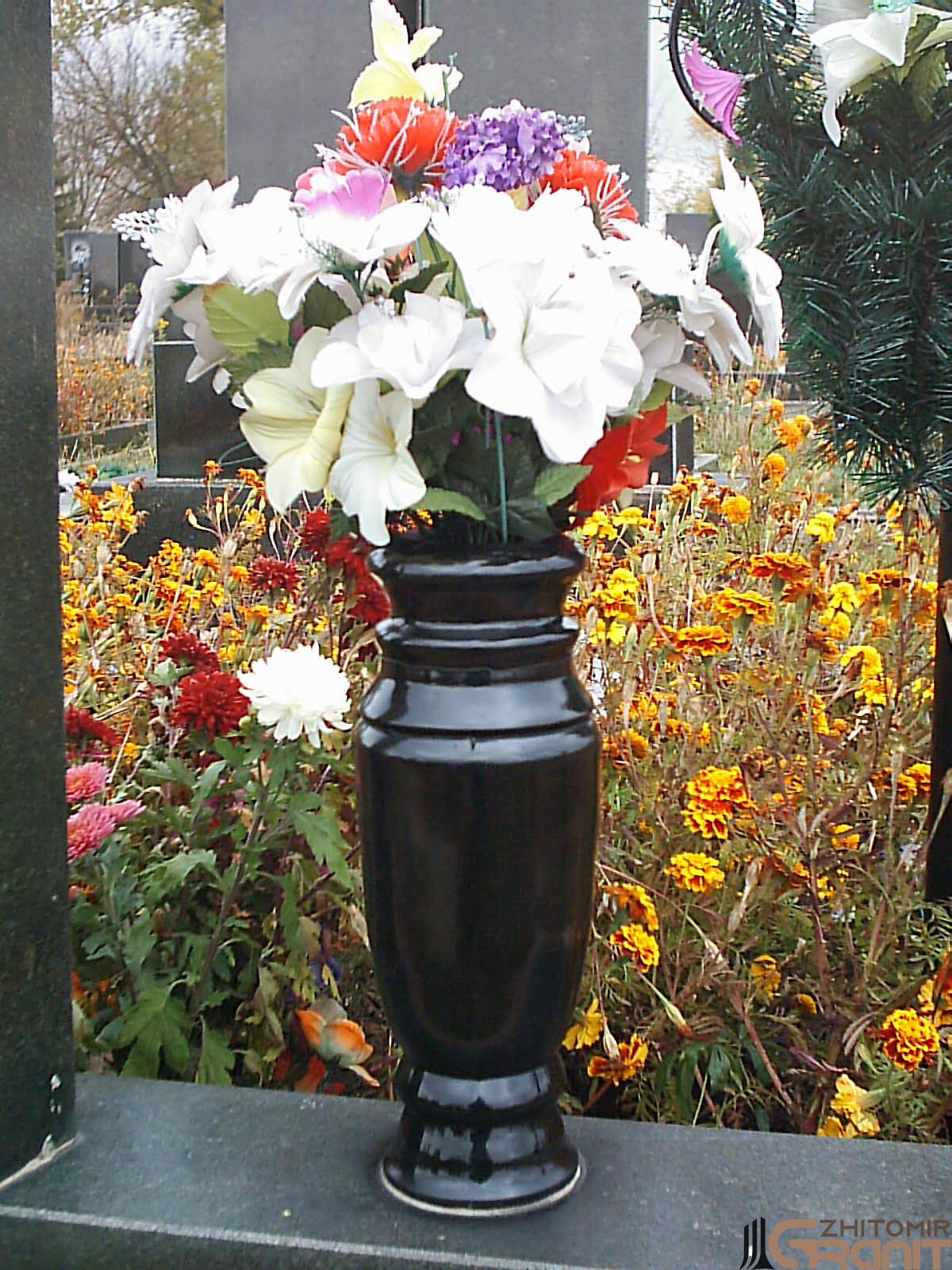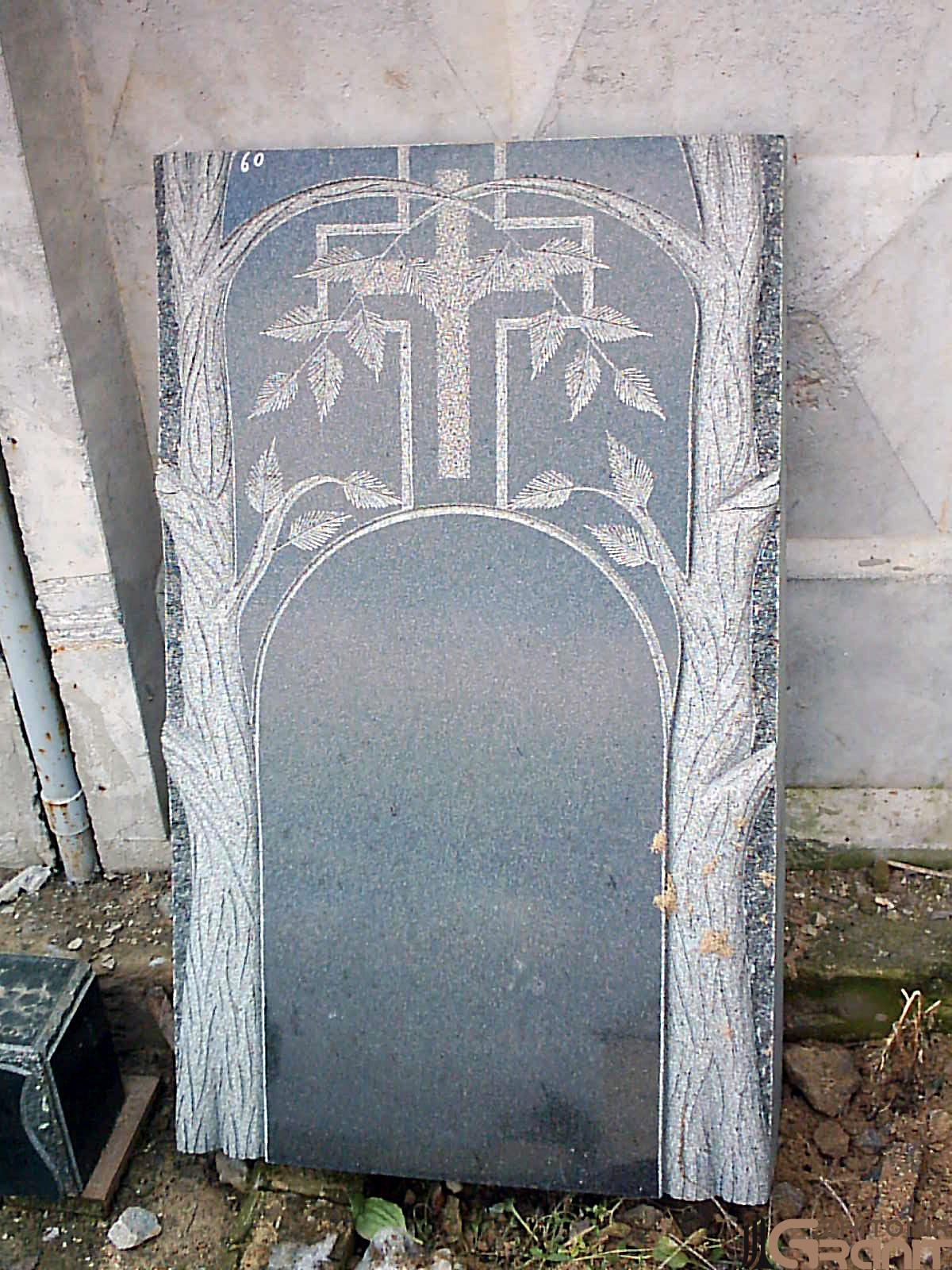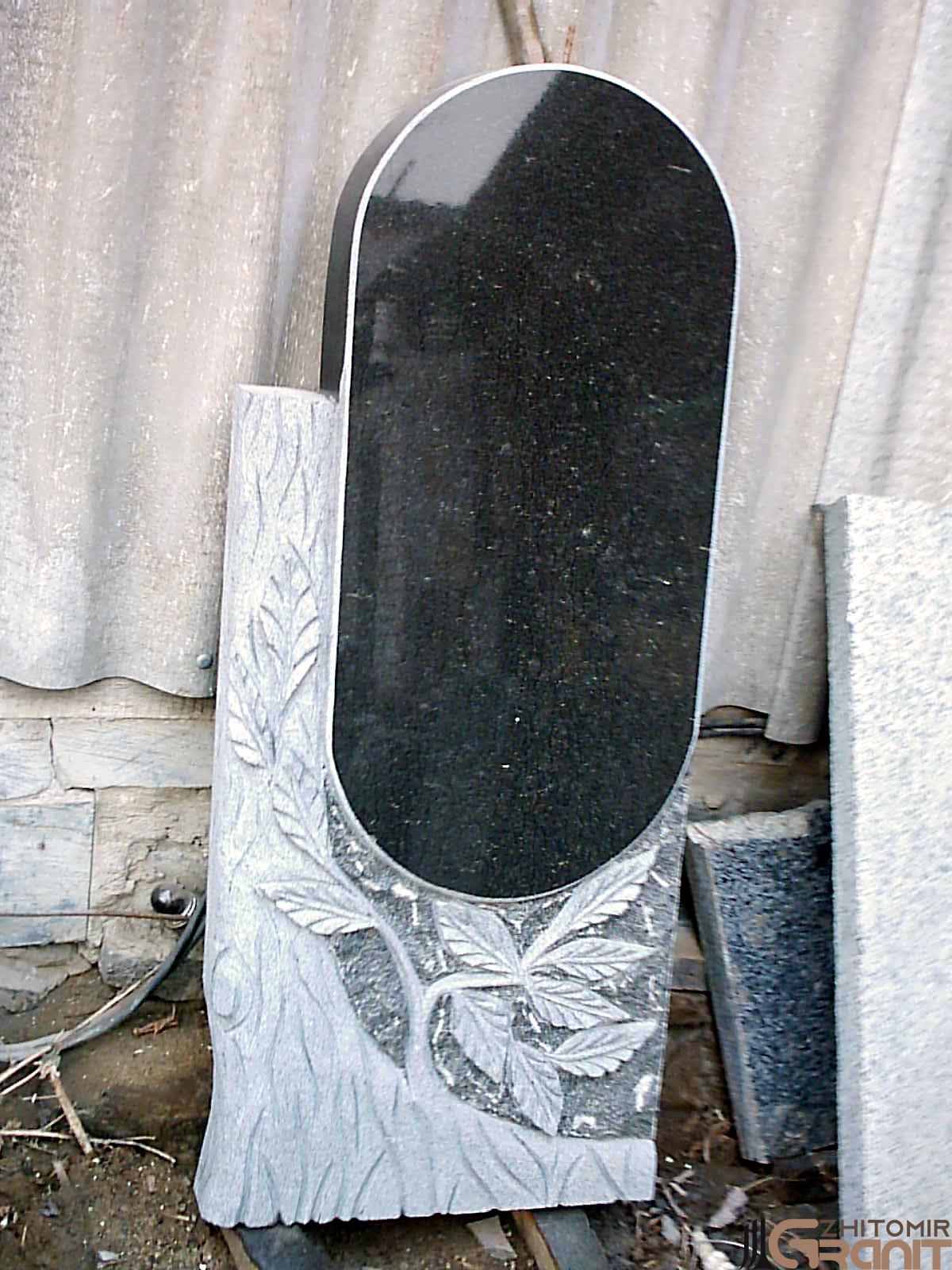Articles
Granite as a building and finishing material

Origin and properties of granite
Granite is one of the oldest natural materials that is widely used in both construction and decoration. Its popularity is due to its unique properties:
- Moisture resistance - granite absorbs almost no moisture, which makes it ideal for use in all climatic conditions.
- Resistance to temperature fluctuations - it can easily withstand temperature changes, heating in the sun and night frosts.
- Durability - granite remains resistant to mechanical damage and dirt.
The granite structure is formed by the crystallisation of magma that comes from the depths of the Earth. It is composed of quartz, feldspar and mica, which form a characteristic granular structure. Depending on the grain size, granite is divided into three types:
- Fine-grained (up to 2 mm).
- Medium-grained (2-5 mm).
- Coarse-grained (over 5 mm).
Unique colours and textures
Granite is considered a unique material because it is not found on other planets or celestial bodies. The shades of granite vary depending on the composition of mica and spar. The most common colours are light grey, dark grey, pink, red, bluish grey and greenish-blue. This diversity makes granite an ideal material for decorative work.
Methods of granite mining
The quality of granite directly depends on the method of its extraction. The main methods:
- The explosive method - is a cheap but imperfect method that leads to the formation of microcracks in the structure of the stone and significant material losses.
- The air cushion method - A more advanced method that minimises cracking and allows for better fracture control.
- Stone cutting method - A modern method that ensures the highest quality of the material, avoiding microcracks and rational use of the deposit.
Advantages and disadvantages of granite
Advantages:
- Durability - granite retains its properties and appearance for centuries. Old buildings clad in granite are a testament to its durability.
- Aesthetics - The natural beauty of granite adds monumentality and elegance to any building.
- Versatility - granite is suitable for both exterior and interior decoration.
- A variety of shapes and colours - Depending on the processing, granite can have either a strict or warm appearance.
Disadvantages:
- Heavy weight - requires consideration in the design of buildings and additional calculations during the construction of structures.
- High cost of extraction and processing - although this disadvantage is compensated by its long service life.
The use of granite in construction and decoration
Granite is indispensable in many areas:
- External cladding - building facades, bridges, monuments.
- Interior decoration - floors, countertops, stairs.
- Decorative elements - columns, vases, fireplaces.
- Functional designs - paths, fountains, park areas.
Conclusion.
Granite is a material that combines aesthetic appeal, durability and functionality. Thanks to its unique properties, it remains indispensable in modern construction and design. Its use adds monumentality and beauty to every project, making it a true work of art.











